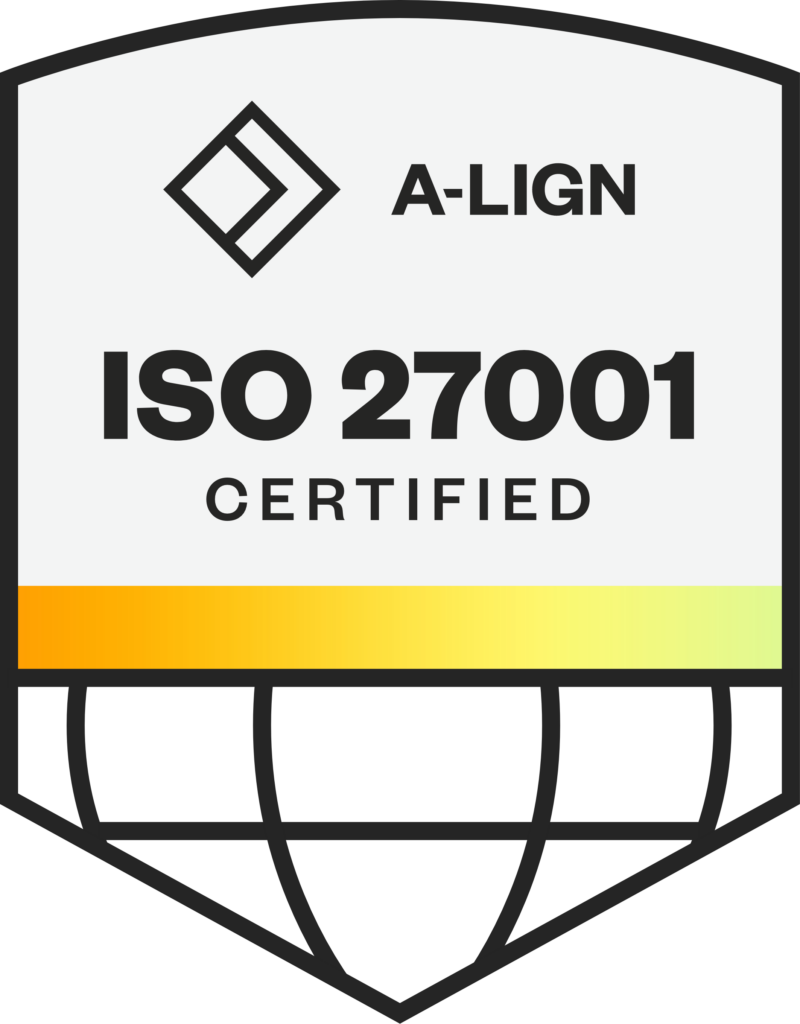There are many approaches in Data Center Infrastructure Management (DCIM) for managing assets – and many application choices. Understanding the difference in functionality can seem challenging, but the focus should be on finding a flexible method that can adapt to your needs.
Some essential core functions are expected from any asset management tool – floor plans, rack elevations, and customized fields are good examples for minimal thresholds. But, looking at multiple asset management solutions, what capability makes one stand out from another? What functionality makes asset management the most useful? The simple answer is flexibility—the ability to choose an approach initially and change it if your needs change.
What does flexibility mean in the context of asset management? A foresight for providing mechanisms and options that can perform a given task in multiple ways and allow you to select an approach that works best with your needs.
Even the most mundane features should adapt to your needs and simplify your tasks – like a flexible system of customized fields and multiple, advanced data types. Not just strings, numbers, and dates, but a rich selection of data types, including colors, Enums (An enumerated list of values the user chooses to ensure data consistency), organizations, and others. And beyond data types, the user can decide when the fields appear. Without this rigor, every asset you view becomes cluttered with all the custom data fields you have created. For example, a basic table should not show power and cooling values. Likewise, if you do not track network card warranty information, you should not be burdened with seeing those fields when they do not apply. Flexible mapping of attributes and custom fields lets you tailor your view to your needs.
Another consideration is flexibility in how you model your assets. For example, consider a rack server. You should be able to track it as a simple single asset with values like RAM being a field on the asset. However, you should also be able to track the server as a fully detailed asset that can see the individual RAM slots and installed modules in each slot, with serial numbers, install dates, and enforcement of things like compatibility. These options and the ability to change the modeling approach at a future point can set a solution apart – by ensuring you are not captive to one method that cannot adapt or scale according to your ever-developing needs.
The most complex challenge is flexibility in how your assets relate to your monitored devices.
Consider that you have a circuit panel, attached BCM monitor and CTs, an upstream PDU, and all the contained breakers. Each of these is an asset in your inventory. Yet to provide a clear overview of your asset states, the data from various communication devices must be combined across assets. For example – the circuit panel status is a combination of the load data from the BCM monitor, but the upstream PDU may provide the voltage if the BCM monitor does not support a voltage tap. You want to ensure flexibility in defining these relationships. A well-thought-out system is also flexible enough to provide mathematically derived values when no monitoring is available – but that is a discussion for our next blog on power management solutions.
A DCIM suite with a flexible asset management system addresses these issues – and more! For example, our OpenData® DCIM works this way. If you would like a more flexible and scalable DCIM solution, please get in touch with us at sales@modius.com and see why we can help you better manage your Data Center assets.





